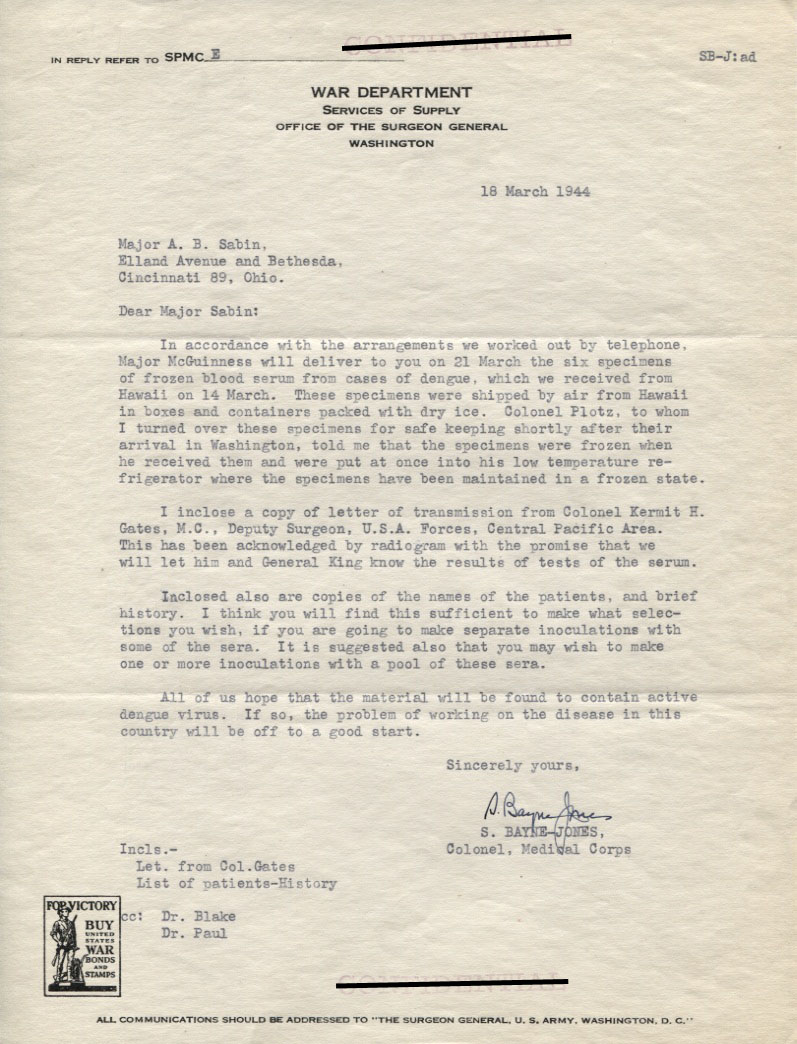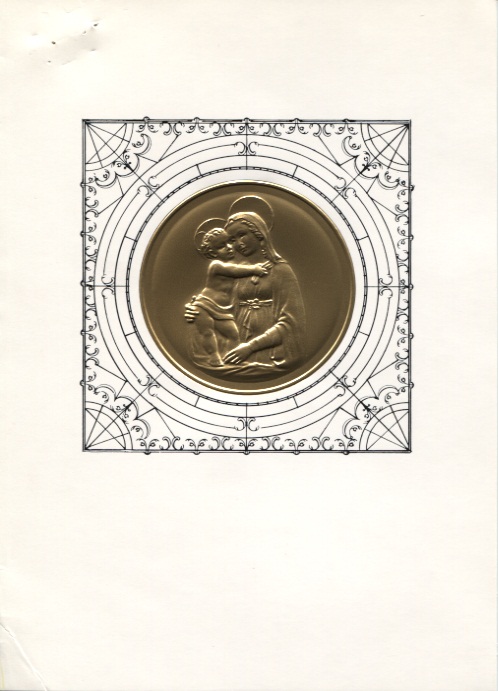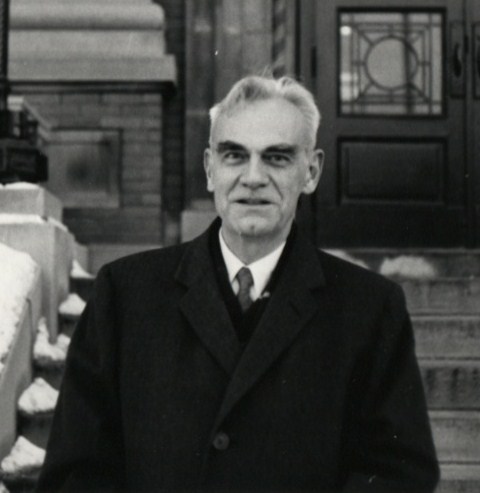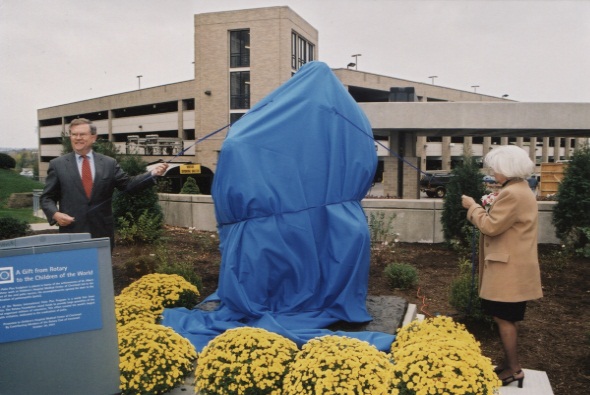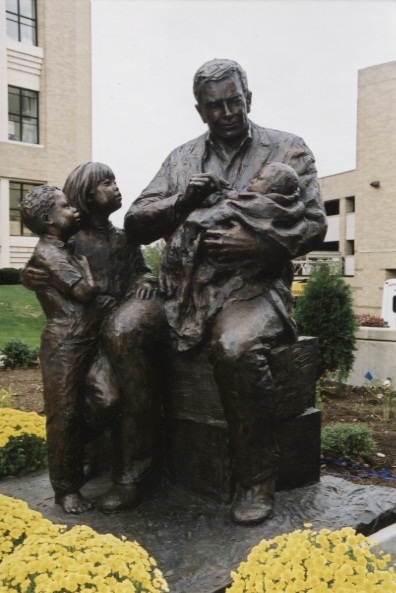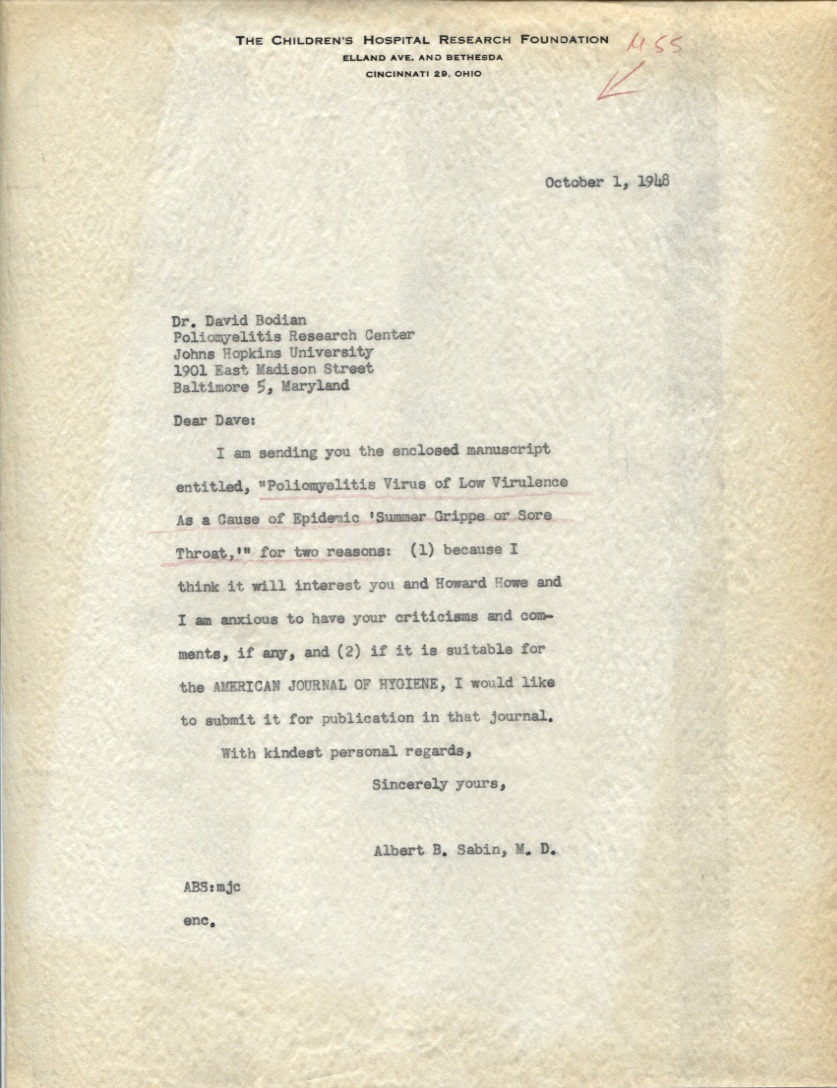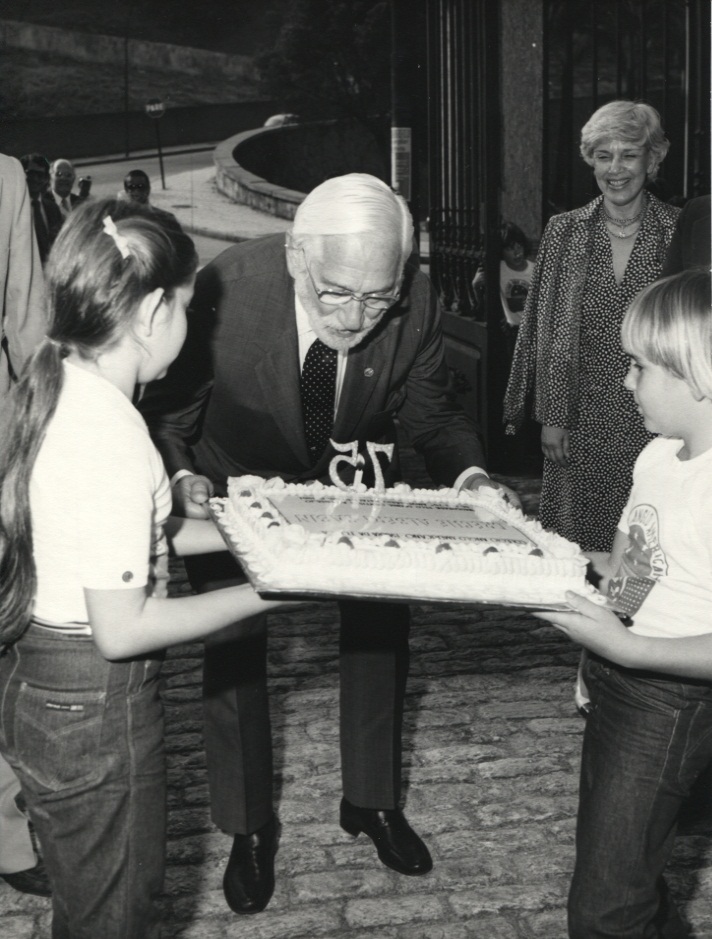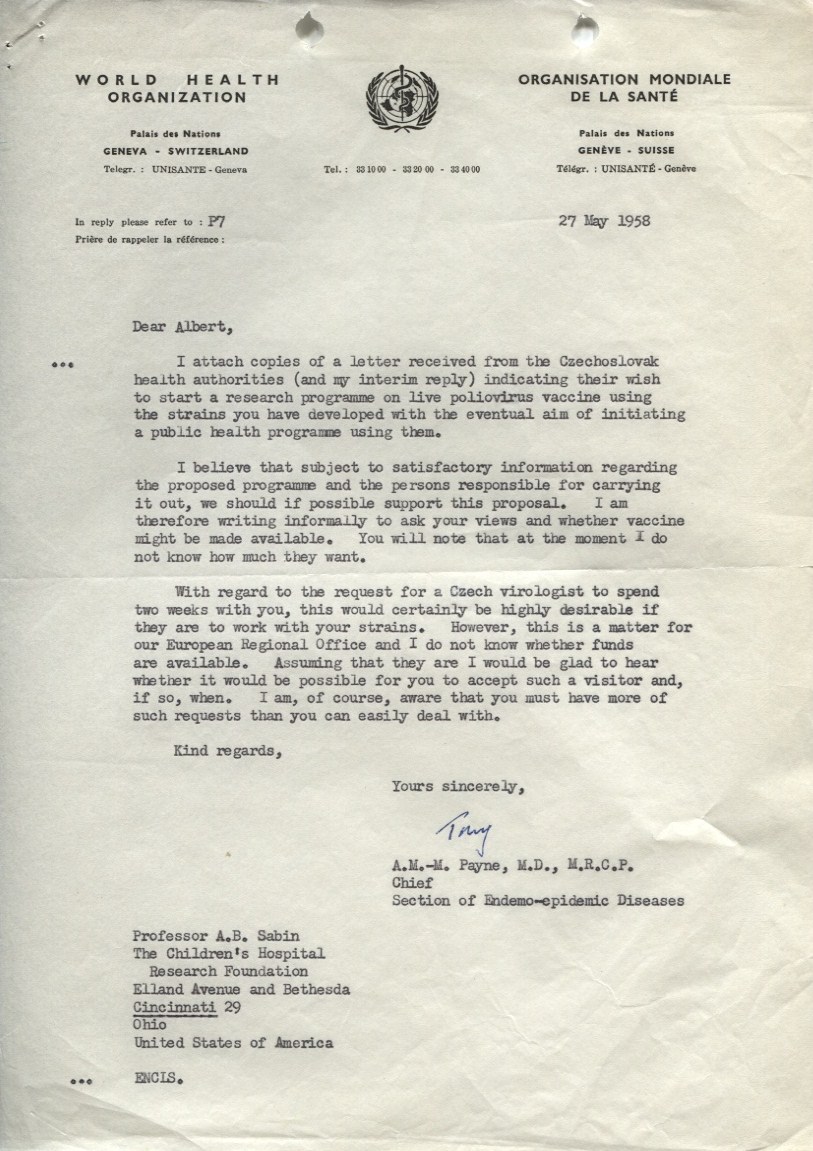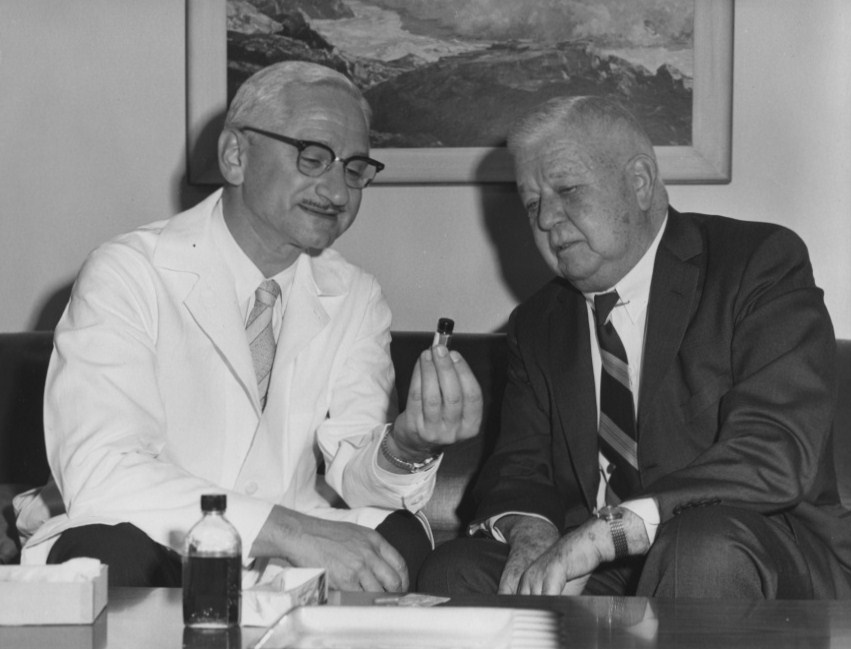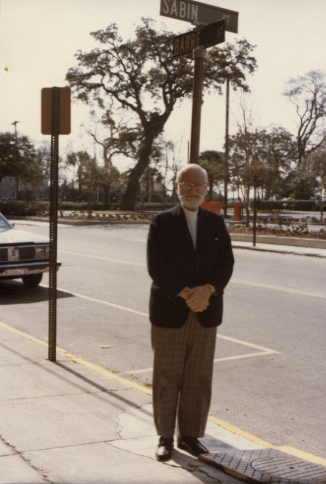In August 2011, I attended the Society of American Archivists annual meeting in Chicago, Illinois. While there, I attended a session called “Exploring the Evolution of Access: Classified, Privacy, and Proprietary Restrictions.” As I sat in the room listening to the speakers, I started to think how to apply these concepts to the Sabin digitization project.
For several weeks after the meeting, my colleagues and I had lively debates about how these concepts, as well as the recent SAA endorsed “Well-intentioned Practice for Putting Digitized Collections of Unpublished Materials Online” document, would affect the display of the Sabin materials online. On one hand, we recognize that Mrs. Sabin left Dr. Sabin’s important collection in our hands to ensure that this material is accessible to researchers around the world. On the other hand, we also recognized the need to do two things: 1.) protect the health information of those mentioned in the collection that participated in Dr. Sabin’s research, and 2.) make sure we don’t leak any classified government information online. Even though much of Dr. Sabin’s materials related to his research and his work with the military are considered “old” by some standards, it is still necessary to do our due diligence to protect information as needed. Continue reading

